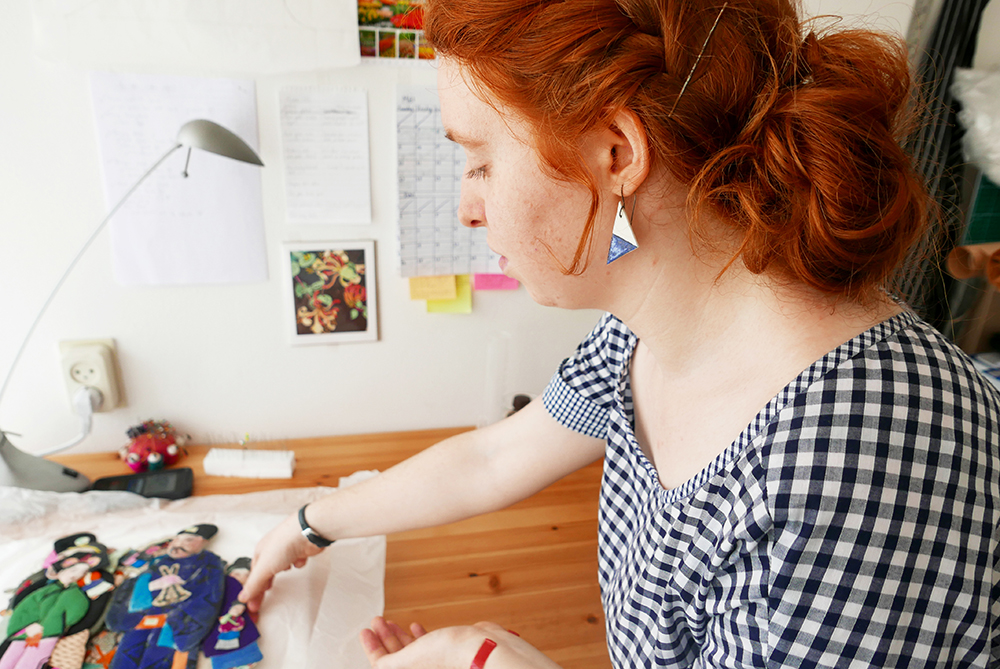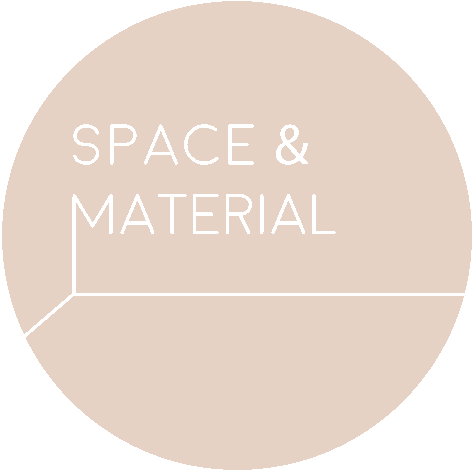OPEN DOOR CONVERSATION WITH BECKY DOONAN
Interview/Photos by Naomi Ho
“I’m working now as a textile conservator, but that involves lots of craft knowledge, I guess. But that was something I always really enjoyed anyway, particularly, traditional textile crafts – and just knowing how things are made. Whether that’s clothes or tapestries, or furniture, like upholstered furniture. In my spare time I’m making stuff and in my work time, I’m fixing things other people have made. I have a very big overlap, like the one feeds the other… in a way”.
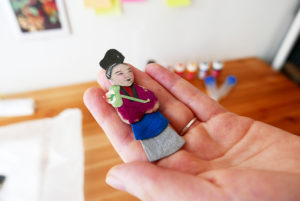
“I always loved sewing – before I went to school even, I would fish fabric scraps out of the bin while my mother had been making stuff. But then at school we had to do work experience when we were 16. And I ended up in the local cathedral textile conservation set-up, kind of by chance, I didn’t know it was a field even and it seemed like the perfect use of practical sewing skills with the kind of history, museum world that I always found very interesting. And I always really liked textiles in museums; they have so much work in them often and they are so detailed and intricate cause people had time back then and the skills. I always found that really fascinating and to work with that and find out how things are made was something that I was really interested in”.
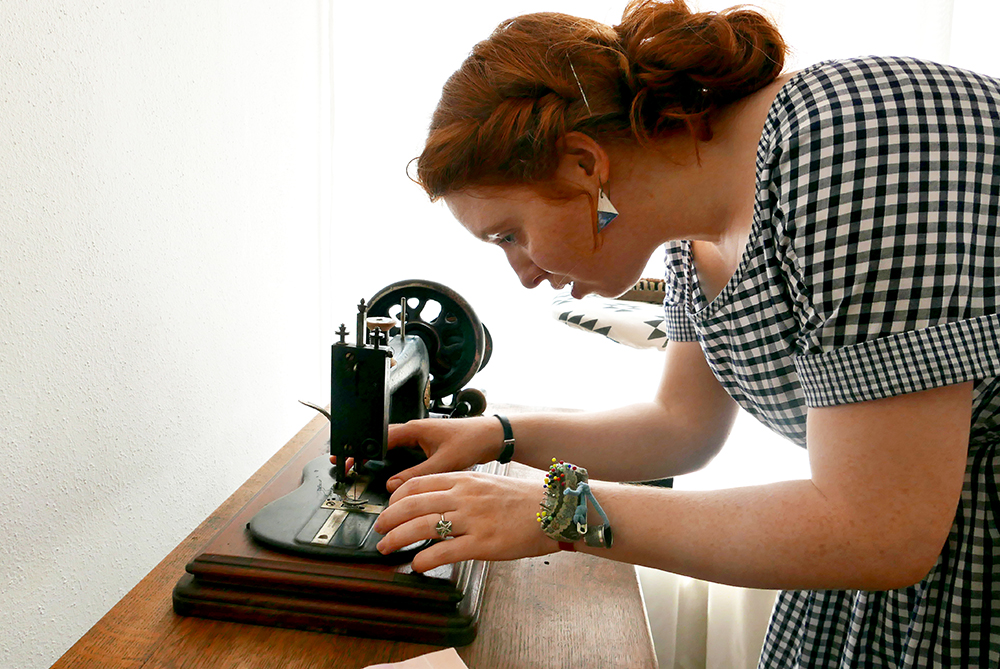
“I guess I really like having my own sewing projects alongside my work sewing projects. I think the two really compliment each other because I find that in my own thing, I love dressmaking and that kind of thing, it’s always learning, like new techniques – what works and what doesn’t work – and that’s so applicable to then my actual work”.
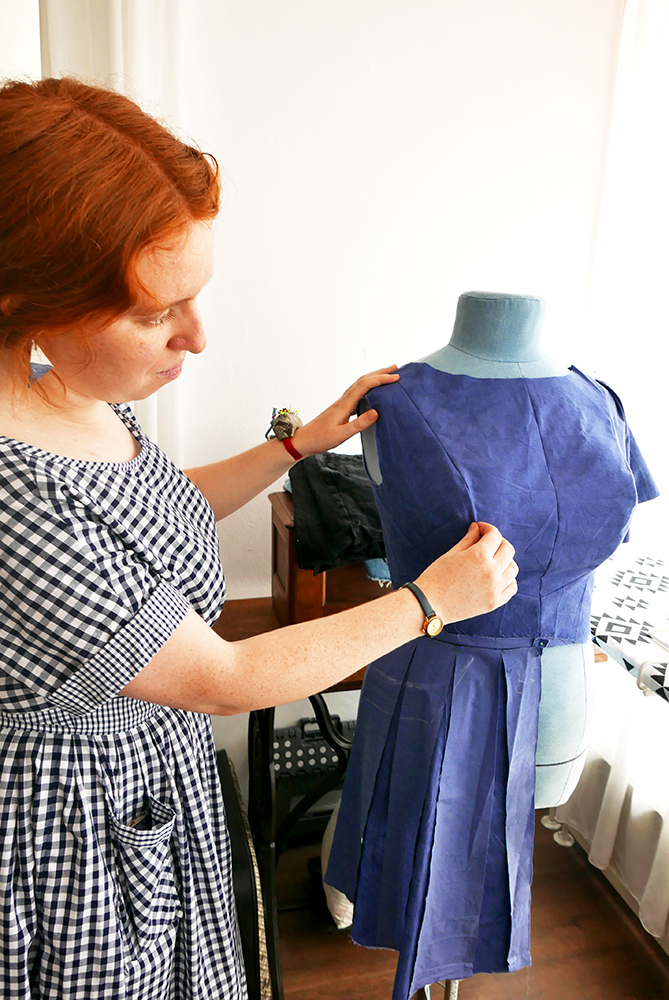
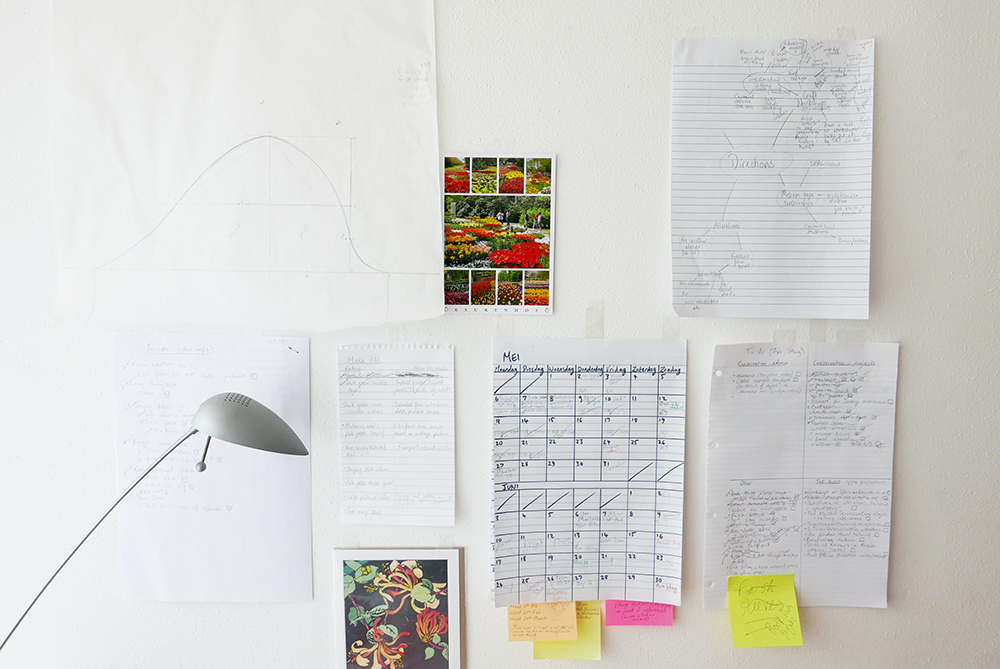
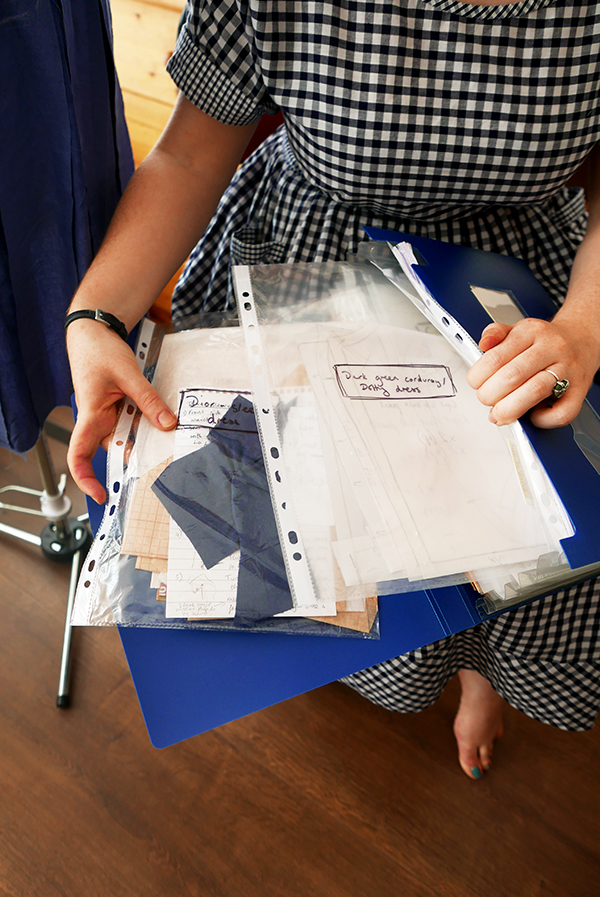
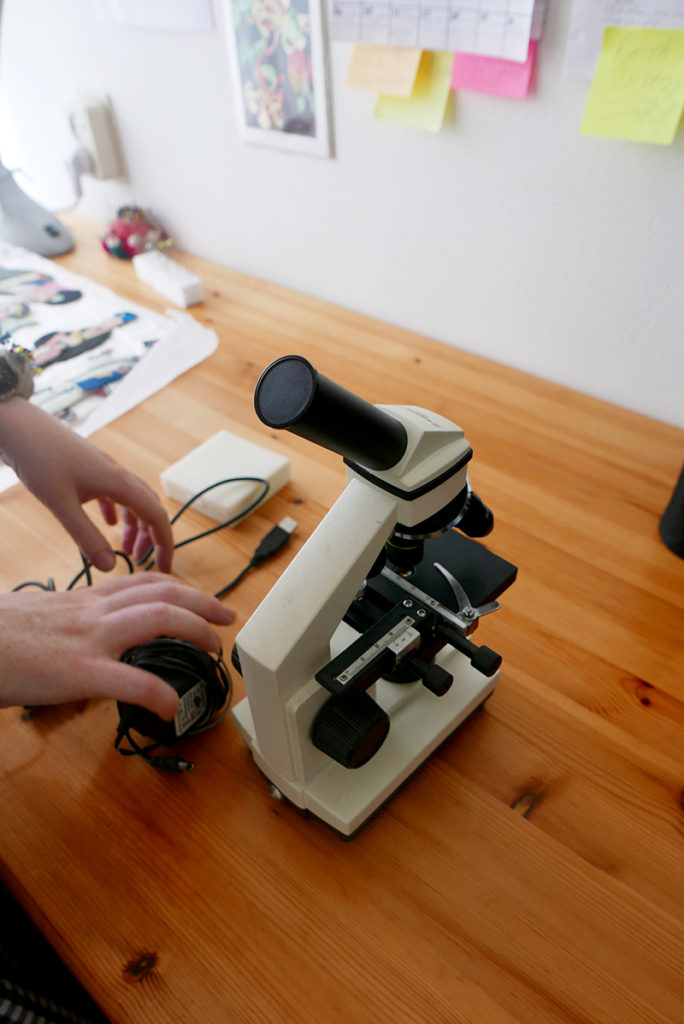
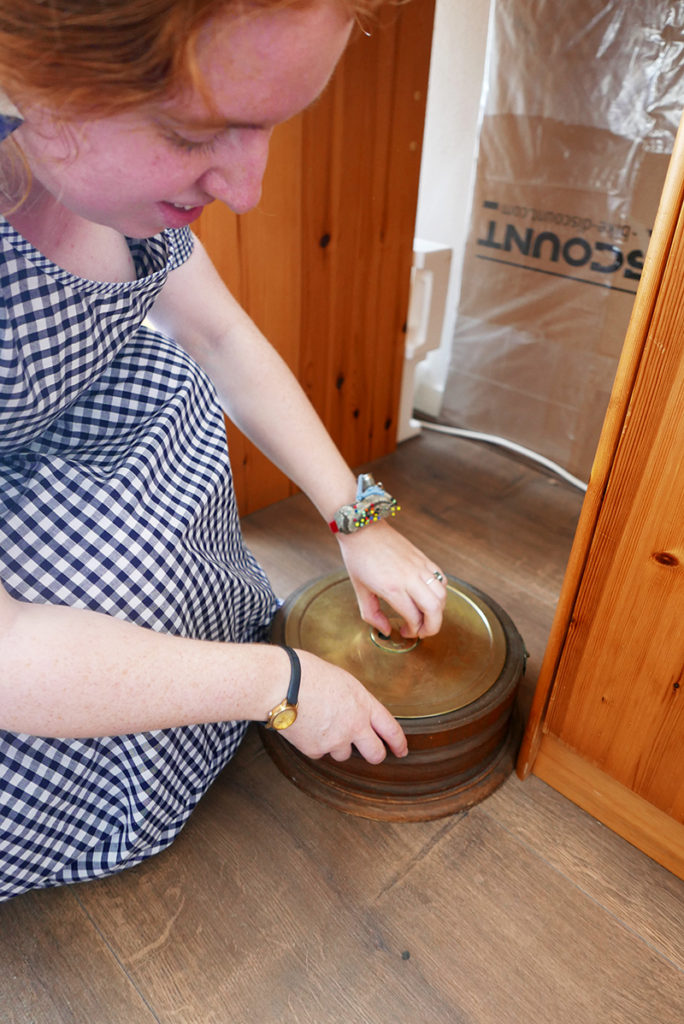
“There is the more academic side of things, so there are conservation journals, articles, and I’ve recently been to a conference where people share ideas about how to treat things. Also in conservation, you are thinking about ‘I can treat something this way, now, and repair something this way, but how is that going to age? And is that then a good treatment still? In a hundred years time?’ So that can be quite complicated. But I think also what massively informs me is knowing how things are made and how materials react together like scientifically, but also from a material point of view, a craft point of view.
And then I do also find, you come across a lot of, sort of challenges, because there is such a big variety of objects and no two things are the same and I really find a kind of art/craft background really useful in coming up with solutions. Because you have that kind of creative thinking that allows you to make a leap and then you can test if scientifically it’s ok. But it gives you that kind of jump into something new.”
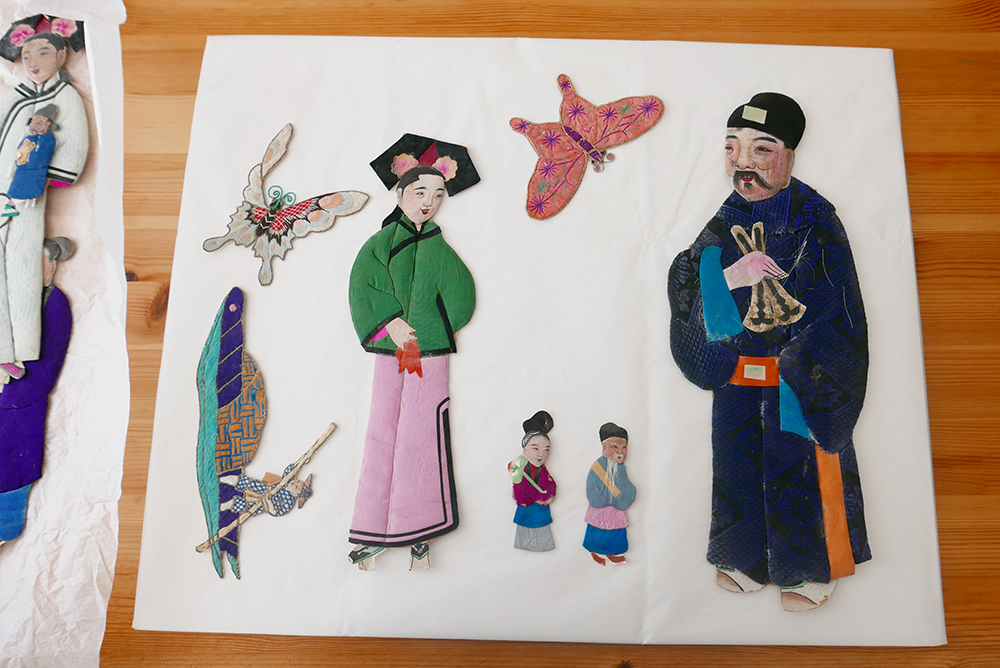
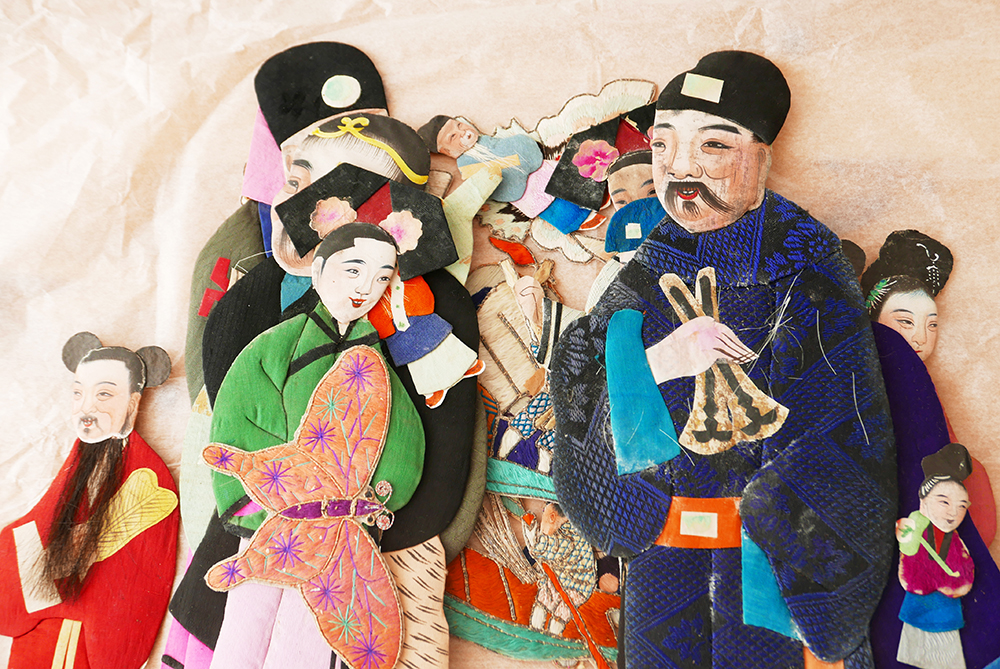
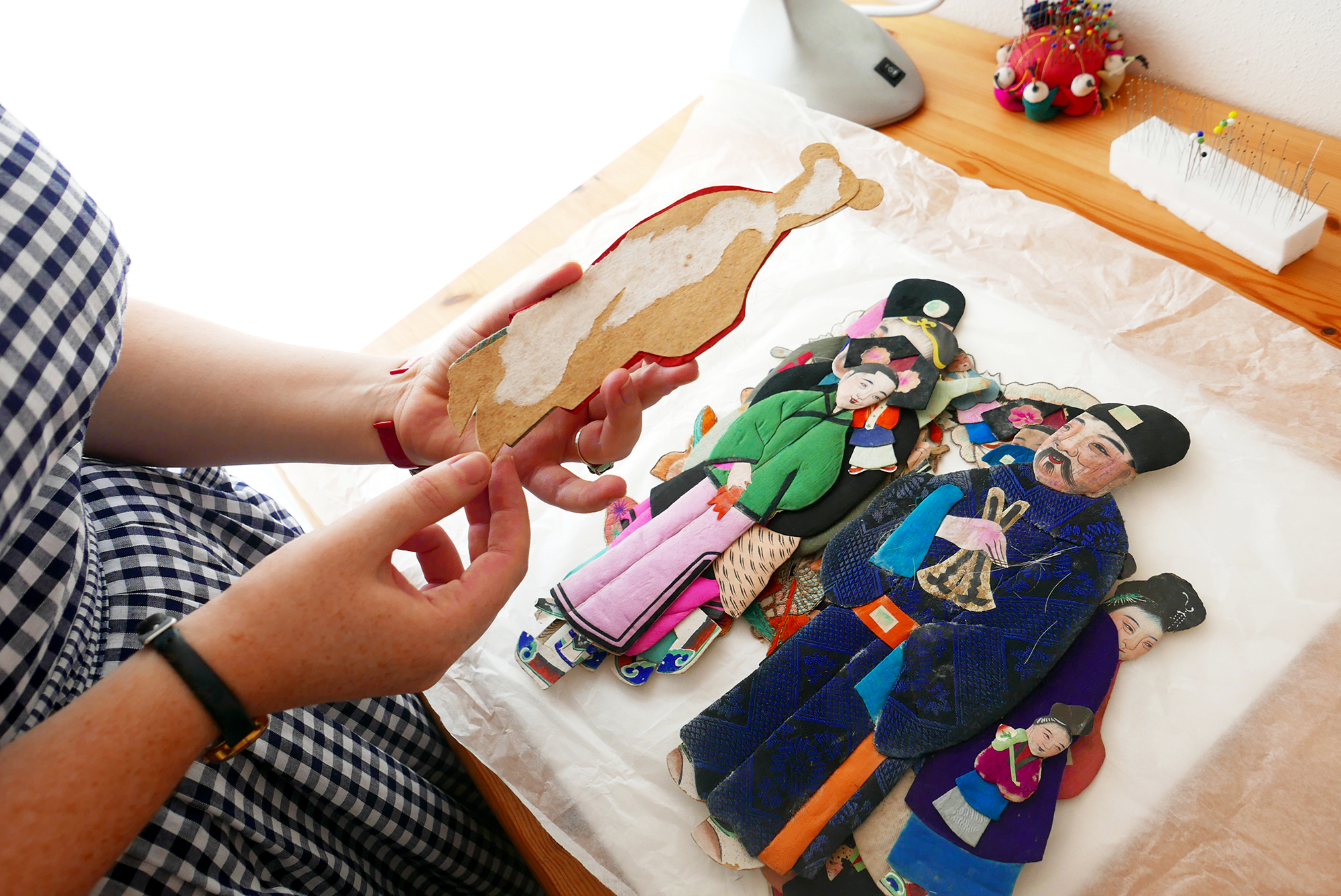
“So these have a bit of a strange history. They came from India, except they do not look Indian at all, I’m pretty sure they are Chinese. There is some Mandarin written on the back of some of them. But a lady who was brought up in India, brought them back with her just before the first World War, to Europe and I’m not sure what they are for. I want to do a little bit of research into what the purpose of them, are they sort of puppets, or just for decoration or… But they are paper, if I turn one over, a sort of card paper backing and then covered in, I think, it’s mostly silk, with these canvas painted faces and what I think is human hair for the beards. And quite a bit of that is quite brittle and broken.
So yeah, I’ve never seen anything like them… you can see here sort of bits of mildew and moth casings and obviously the broken hairs and areas like that which have been eaten by moths. So they just need a bit of stabilization, a little bit of cleaning some of them and then, better storage because they arrived in a box file with a clamp pressed down and they looked a bit sad”.
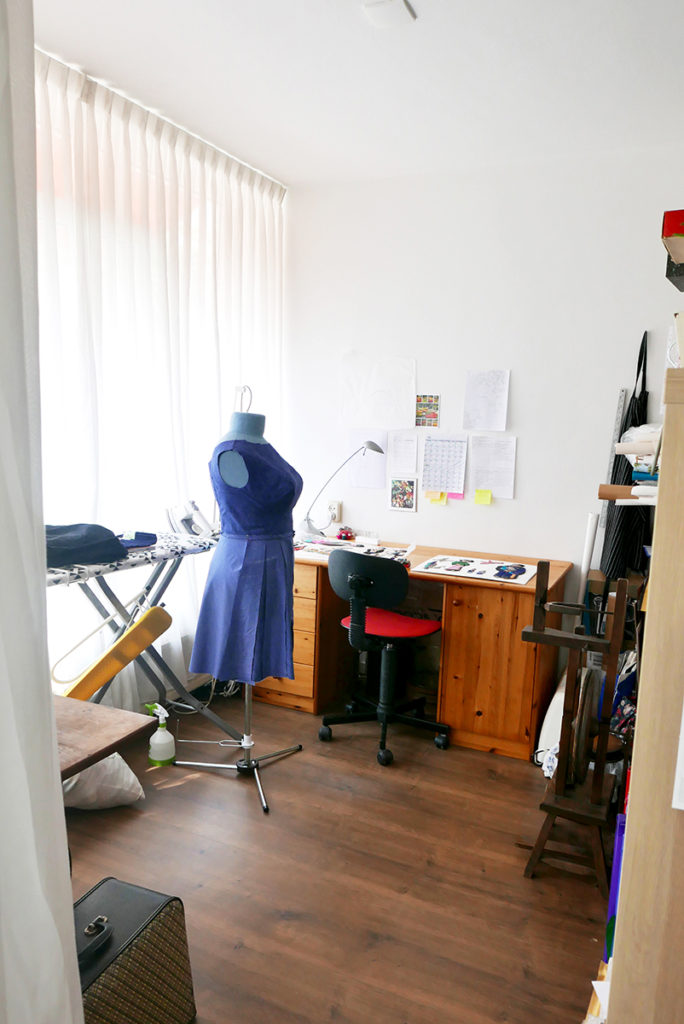
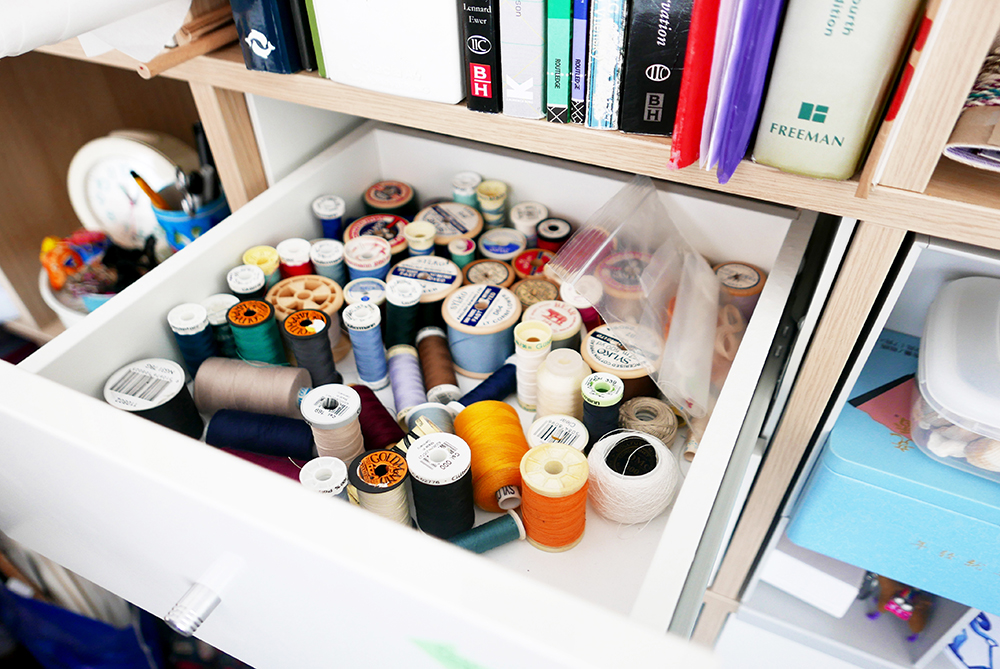
“I’d love to work at the Rijks Museum. I did an internship there a couple years ago. I think they have a very small staff but quite a big conservation department, so its unlikely to happen, it doesn’t change over very much but it’s really nice. The departments for textiles, metals, glass, paper – are all next to each other, so it’s really interesting, you get to see what the other disciplines are doing and quite often, objects are mixed, from materials – so I really like that aspect of it and they have got such a good collection at the museum.”
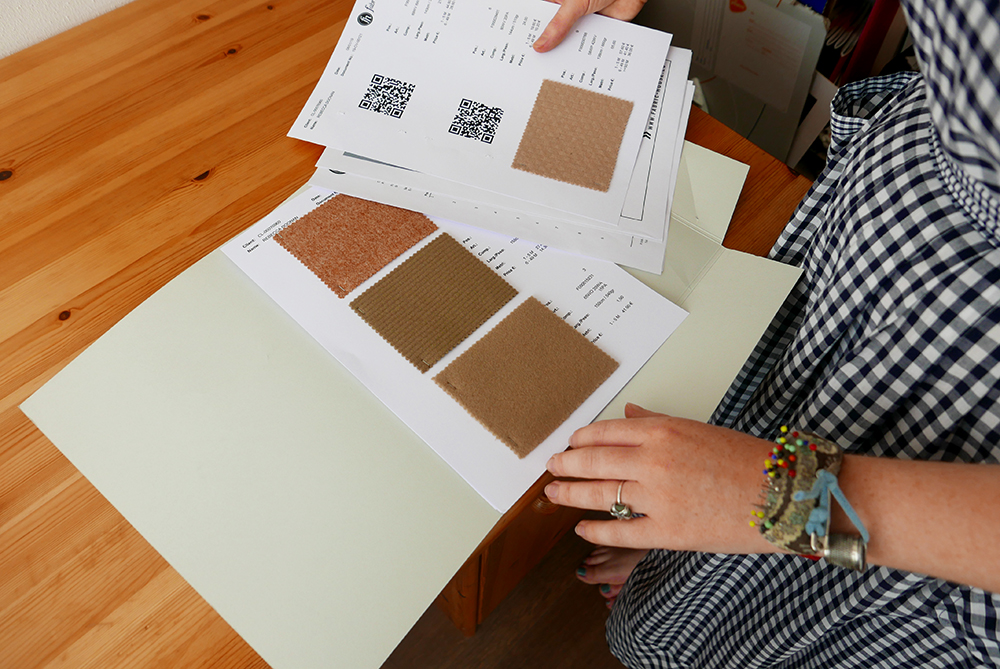
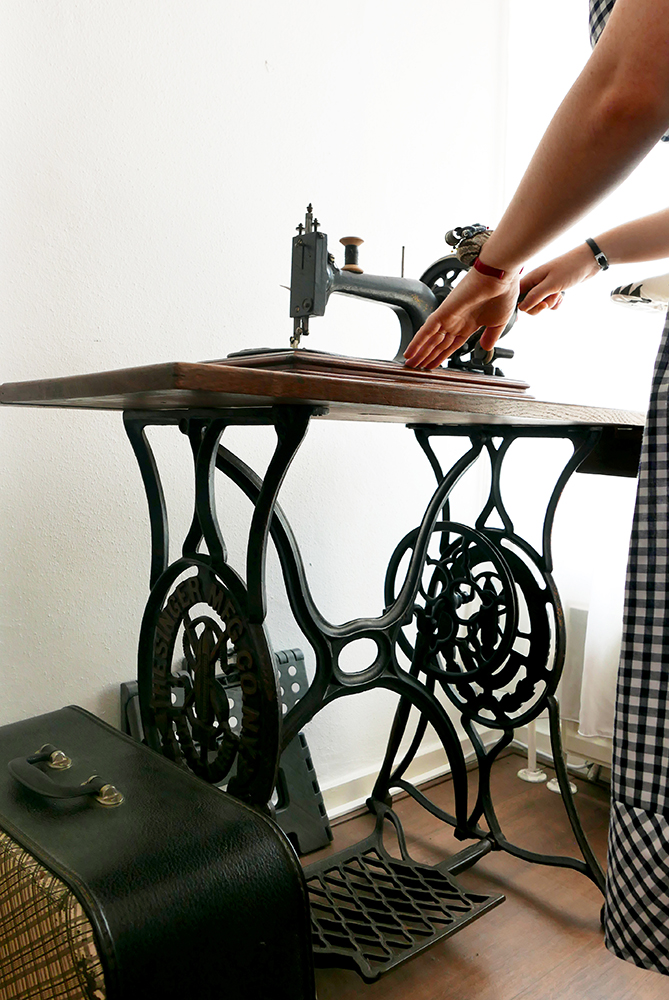
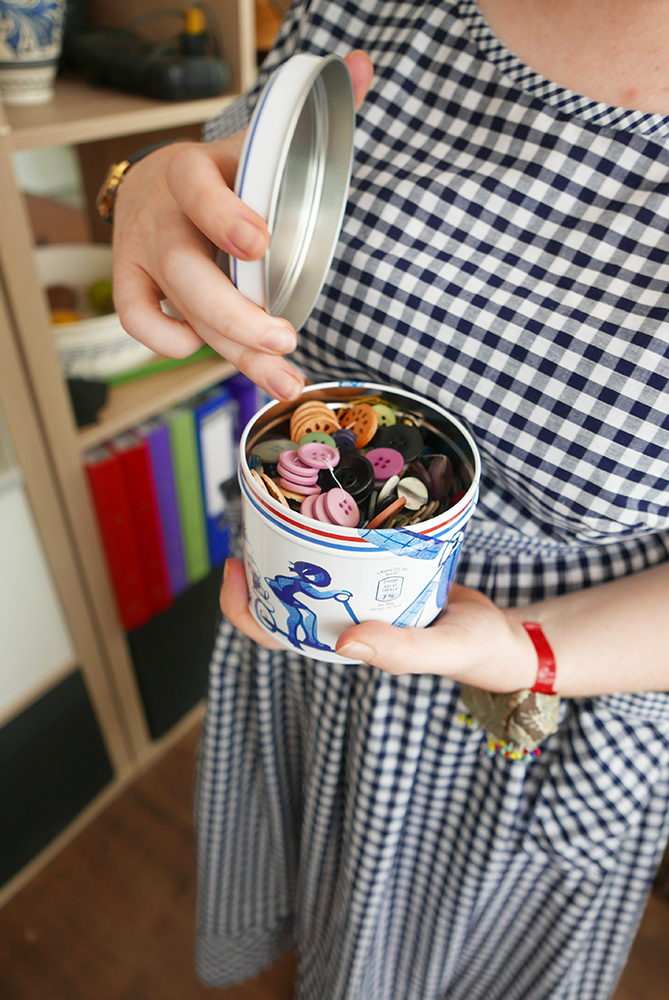
“I was treating a Dior dress a while ago and it had boning in the bodice. And the way people move in dresses, well any item of clothing, the clothing is affected by the movement and it needs to be able to move with the body, and the boning – steel boning – it was poking through the bodice cause it had just broken free with the movement of the dress. So I needed something to sort of cap the boning that could also move with the dress. So I took inspiration from armadillos – you know the way they are curve on top? So there is a kind of curved top to the bodice. So I made these sort of little, it’s like a plastic-y card called nomex, that can move as the dress move”.
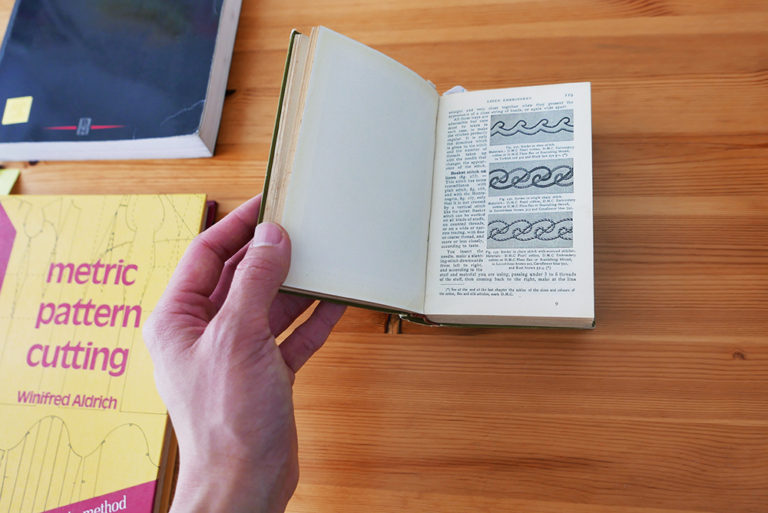
“I needed something that was kind of articulated and had that articulated movement… and they just popped up in my mind and I was like ‘maybe I can try something along those lines’. So that kind of stuff; it’s that sort of creative leap and I think yeah, having an arts background has been so helpful for me for that.”
